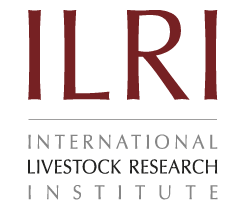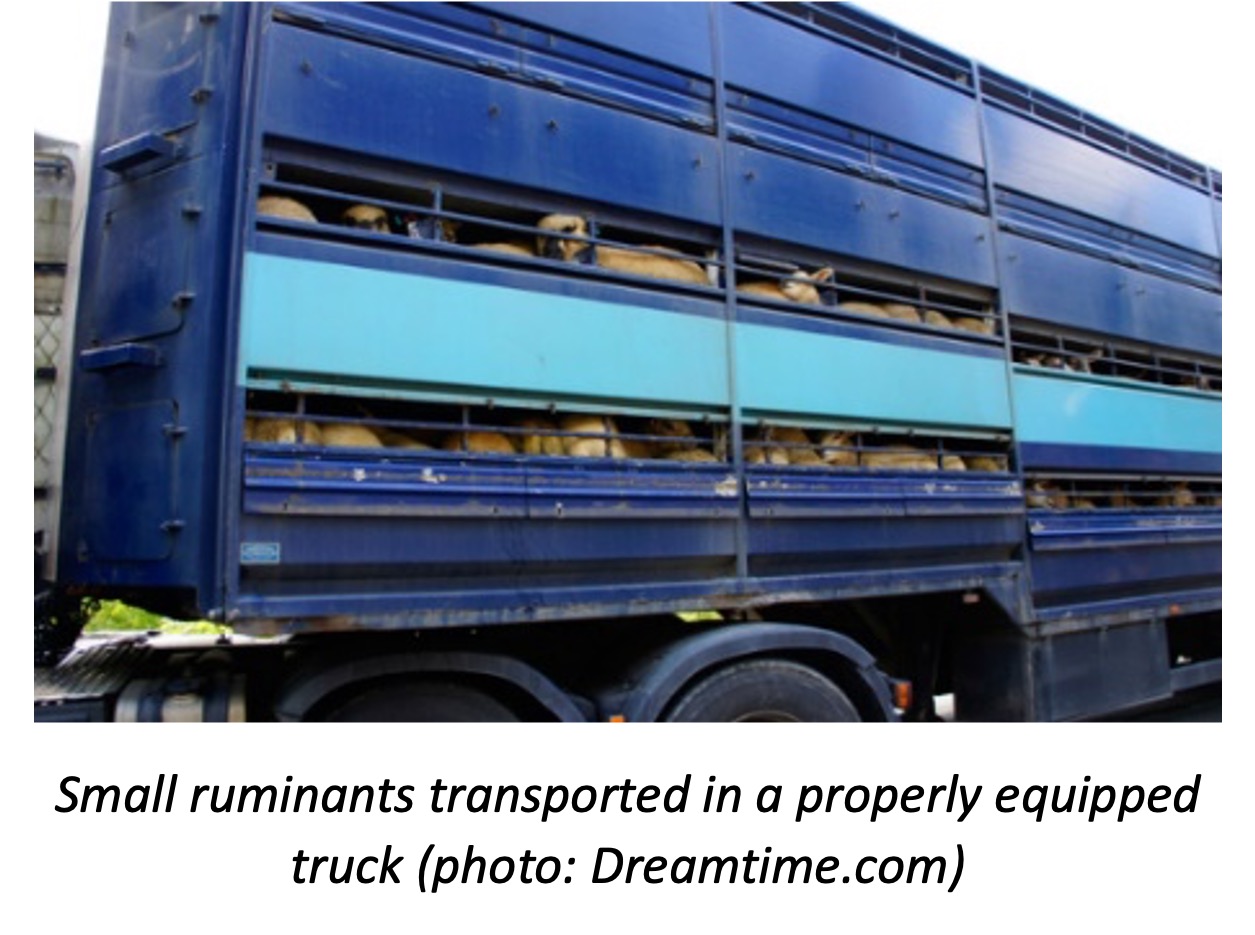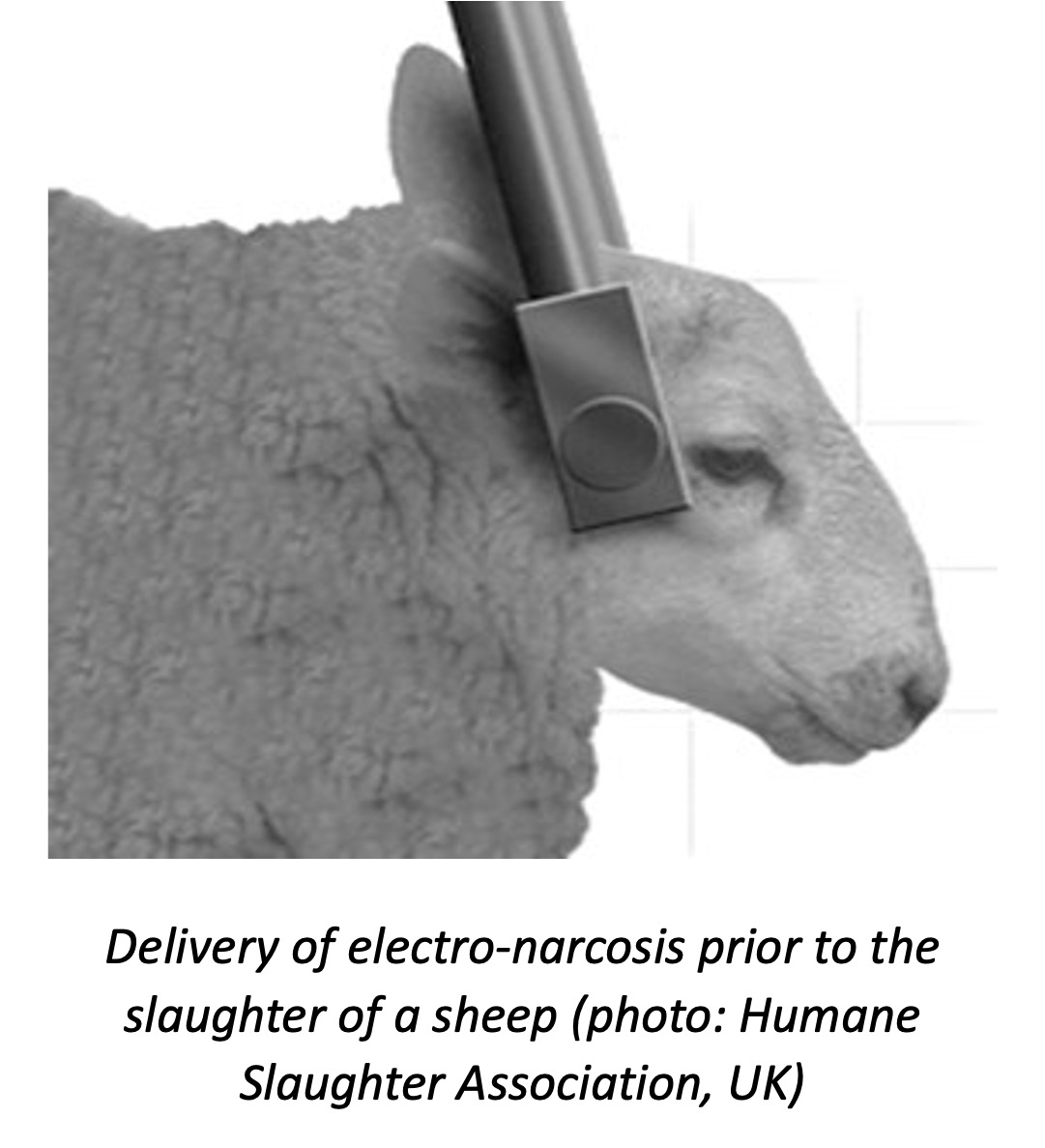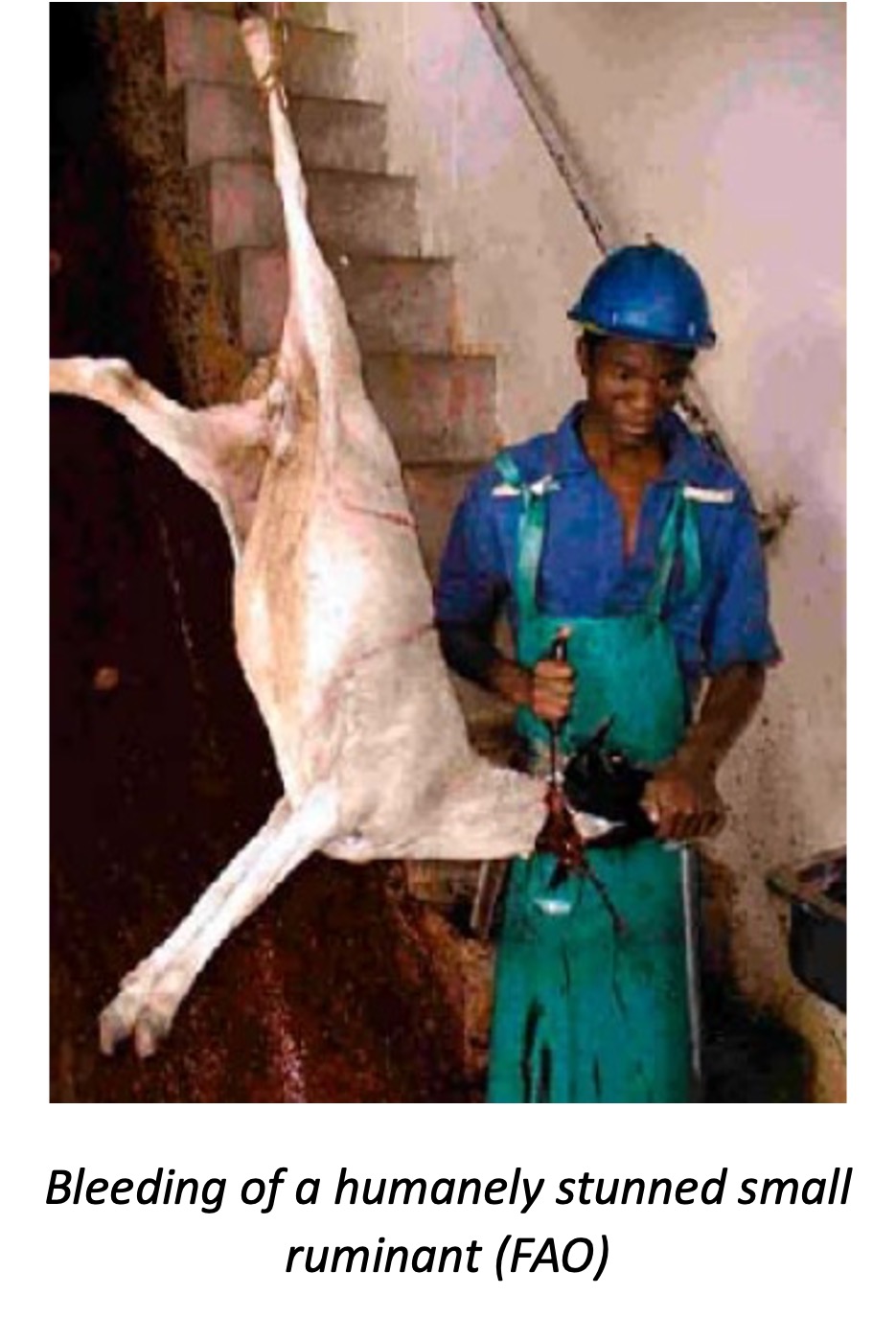Humane Slaughtering and Meat Inspection
Summary
Humane slaughter refers to the killing of an animal instantly or rendering it insensible until death follows, without pain, suffering or distress. When slaughtering animals for food, this means they must be stunned prior to bleeding out so they become quickly unconscious. The most humane method involves massive blood loss so that death quickly follows. For goats and sheep, bleeding results from ventral neck cuts. Stunning is often achieved via electro-narcosis, a profound stupor produced by passing an electric current through the brain. Many devices are commercially available that produce this stupor. Another approved method of stunning involves percussion bolt pistols. At a deeper level, humane slaughter is based upon animal rights and that even those with utility as human food have moral worth, and their basic interest to avoid unnecessary suffering must be honored. This contrasts to the view that domestic animals are merely property with no legal rights of their own. Too often slaughterhouses place profit before welfare when it comes to ending animals' lives, but it is important that technologies that reduce cruelty be more widely recognized and used.
About the Solution
African countries have regulations surrounding humane slaughter and operate commercial abattoirs in which standard operational practices are observed for animal slaughter and processing. At the same time, animal slaughter also occurs in households and villages across Africa where humane transportation, stunning and bleeding of animals are not observed and remain unenforced. Humane treatment of animals from farm to the abattoir minimizes animal suffering, improves meat quality and health of consumers. Every aspect of livestock processing has humane considerations including transporting, restraining, stunning, and killing these animals. Like humans, animals are sensitive to pain and injury. Suffering and stress affect meat quality, resulting in biochemical changes causing less flavor and lower meat shelf life. Small ruminants are transported on hoof, by rail or by road. Transportation on hoof is the most stressful and accident-prone form of livestock movement. Animals may become dehydrated, bruised, or die from exhaustion. Animals may eat unfamiliar toxic plants or lose weight through unnecessary expenditure of energy without careful consideration of the travel route including grazing and watering points. Local transport may also be overloaded in inhumane manner. In contrast, trucks equipped with decks and proper ventilation, non-slip floors and 0.4 m2 per animal are recommended. Ramps inclined about 20 degrees allow stress-free loading and unloading of animals.
Humane operations within slaughterhouse and by meat processors allow these businesses to better comply with government regulations. Modular mobile slaughter abattoir and meat processing facilities are also available.
Humane handling and slaughter of small ruminants involves overnight rest after transportation in adequately sized holding pens with access to feed and water, appropriate restraining equipment before stunning, stunning using effective devices, and bleeding within one minute of unconsciousness using approved tools and cuts. Delayed bleeding results in the rupture of blood vessels and accelerated meat decomposition. All stages of slaughtering and carcass dressing are subject to certified meat inspection.
Humane animals handling is the responsibility of all livestock value chain actors, involving both farm- and abattoir-level infrastructure and processes. These include building the right animal pens, handling kraals and restraining cages, and following the prescribed conduct of animal management during slaughter. The technologies require well trained staff and compliance enforcement. Adequate water and electricity supply are required. In addition, waste management procedures must be established for compliant processing.
Commercialization
Commercially available
Solution Images
Institutions




